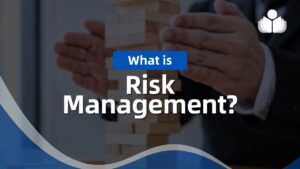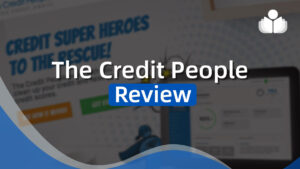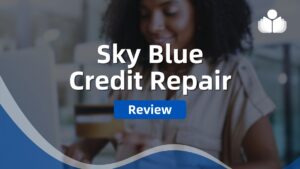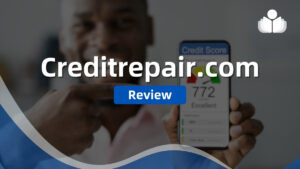CFC Special Events & Resources
In my July 11th post I talked about what a “culture of philanthropy” is, and the value of establishing one in your non-profit. The point is that CFC workplace giving campaigns provide many opportunities that smart non-profits can use as a “practice field” for many aspects of professional development, including planning, organizing, public speaking, and listening.
Team Work
Teamwork is an essential aspect of all organizational work, and yet we really don’t spend a lot of time practicing the skills that lead to better teamwork. In terms of generating awareness about the fact that your non-profit participates in the Combined Federal Campaign, there are multiple opportunities for staff to make contacts and work on relaying what the mission of your non-profit is, and to share your story on how you accomplish this mission.
There are two big categories of outreach techniques: those that you control; and those that you don’t. You must use both, but don’t be lulled into believing “If only there was a feature article about us in the hometown paper, all would be golden.” It might very well help (if it’s a positive article) but it does not have a lasting effect.
Outreach Techniques That You Don’t Control
Media coverage – you, a staff person, or a volunteer who wants to work on press relations can write the media releases. And, if you submit them to some of the free Internet press release sites, you’ll be amazed at how widely the releases may be picked up. I worked with one local non-profit that, because of such a release, got a call, which no one could have predicted, from the Voice of America.
Outreach Techniques That You Control
Website – your website should have the CFC logo and your CFC ID number on the homepage. This will answer 90% of the questions that a potential CFC donor may have.
The entire staff especially the front-desk person should know the answer to the question: “Are you in the CFC, and what is your code number?”
Email signatures – especially during the solicitation period, include in all staff e-mails the fact that you participate in workplace giving campaigns, and your CFC number, and thank them in advance for considering your non-profit.
Signage – Depending upon your physical location, you may be able to put up signs in a storefront-type window, if you have land with a fence, hang a sign on the fence.
Sandwich boards – CFC charities that don’t have visible office space often use sandwich board signs that have their name, and their CFC code and are put up in road medians (where legal) during the fall solicitation periods.
Outside banners – the American Red Cross hangs a 5 x 15-foot banner from the roof of its headquarters in Washington, D.C. during the CFC solicitation period.
Relationship building – talk to your neighbors, and others that you come in contact with, and if someone mentions that they’re a Federal employee, ask them, by the way, did you know that we’re now in the Combined Federal Campaign?
Social Media – if your non-profit is on Facebook, LinkedIn, etc. make appropriate remarks there and on blogs related to your mission about your non-profit, and include the fact that you’re now participating in the CFC.
Vehicles – If your non-profit has vehicles with your name on it, add magnetic signs with the CFC logo and your CFC ID during the campaign season and you get a rolling billboard that potentially thousands of potential CFC donors will see.
What’s next?
In my October post, I will discuss how you might leverage Special Events to increase your visibility and “productivity” for the CFC.
=-=-=-=-=-=-=-=-=-=-=-=-=-=
During his 25-year career in the Federal sector, Bill Huddleston, The CFC Coach,
served in many CFC roles. If you want to participate in the Combined Federal
Campaign, maximize your nonprofit’s CFC revenues, or just ask a few questions,
contact Bill Huddleston
=-=-=-=-=-=-=-=-=-=-=-=-=-=
Have you seen
The Fundraising Series of ebooks.
They’re easy to read, to the point, and cheap ($1.99 – $3.99) ☺
=-=-=-=-=-=-=-=-=-=-=-=-=-=
If you’re reading this on-line and you would like to comment/expand on the above, or would just like to offer your thoughts on the subject of this posting, we encourage you to “Leave a Reply” at the bottom of this page, click on the feedback link at the top of the page, or send an email to the author of this posting. If you’ve received this posting as an email, click on the email link (above) to communicate with the author.
 Sections of this topic
Sections of this topic
















